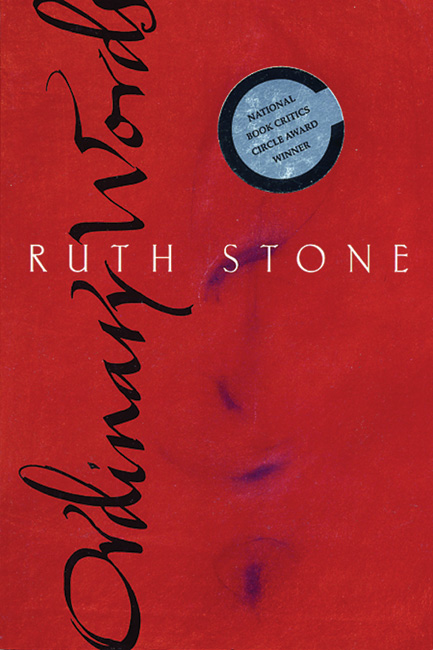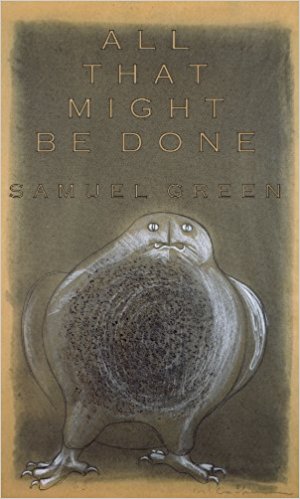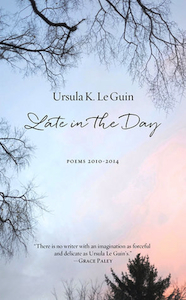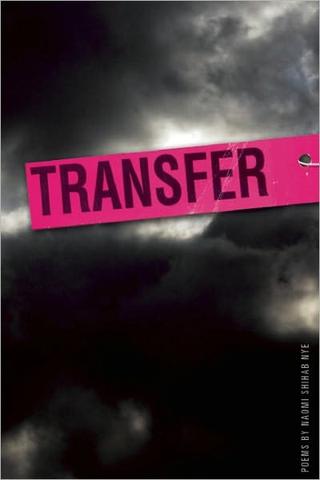Ruth Stone’s Ordinary Words
 I’m so grateful for those of you reading along with me this month (just the blogposts, or your own deep-dive into poetry to celebrate April), but even if I were simply shouting into the void, I’m glad I took on this project.
I’m so grateful for those of you reading along with me this month (just the blogposts, or your own deep-dive into poetry to celebrate April), but even if I were simply shouting into the void, I’m glad I took on this project.
One thing I learned with this post, is that there is a Ruth Stone Foundation, dedicated to preserving her home and legacy.
It’s been a while since I read her work, and though I often think of Ruth Stone (1915-2011) along the lines of girls in dresses of Alice blue, and mares beneath the apple trees, I was pleasingly surprised at how bawdy Stone’s poetry is. Men line up like silverback gorillas at the counter of the donut shop. At the bus station, “two couples are not just kissing / they are dry fucking.” In these poems we are not allowed to forget that we have bodies. A younger sister lies in the grave, her breasts, “wizened flaps.” A husband dead of suicide haunts the poems (an insistent “you”). Time doesn’t merely pass, but runs through our fingers as we clutch at what cannot be held onto. The title of the book, Ordinary Words, seems to insist on the humble subjects and (sometimes) plain speech of the poems. But I tiptoe through these poems, never sure where a trap will spring open.
Then
That summer, from the back porch,
we would hear the storm like a train,
the Doppler effect compressing the air;
the rain, a heavy machine, coming up
from below the orchard, rushing toward us.
My trouble was I could not keep you dead.
You entered even the inanimate,
returning in endless guises.
And that winter an ermine moved into the house.
It was so cold the beams cracked.
The ermine’s fur was creamy white
with the last half of the tail soot black.
Its body about ten inches long,
it slipped through small holes.
It watched us from a high shelf in the kitchen.
In our loss we accepted the strange shape of things
as though it had a meaning for us,
as though we moved slowly over the acreage,
as though the ground modulated like water.
The floors and the cupboards slanted toward the West,
the house sinking toward the evening side of the sky.
The children and I sitting together waiting,
there on the back porch, the massive engine
of the storm swelling up through the undergrowth,
pounding toward us.–Ruth Stone, Ordinary Words (Paris Press, 1999)







